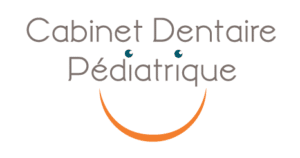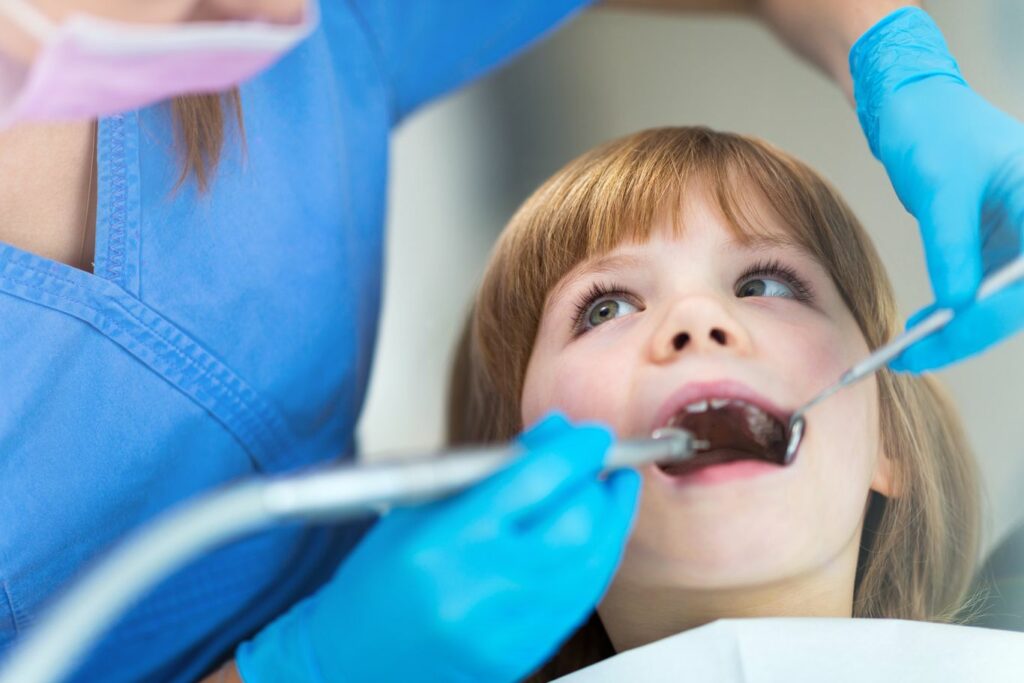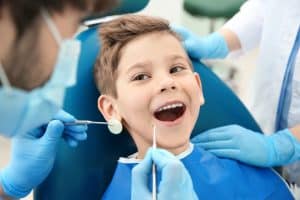There are twenty baby teeth that appear from birth until the age of 6. A baby tooth can break for different reasons. Indeed, a fall, a hard food or a cavity can fracture the tooth.
In the case of a dental fracture, it is important to know how to react and to adopt good reflexes to avoid that the broken milk tooth does not become more damaged.
How do you recognize a broken baby tooth?
A broken tooth in a child can be recognized by the presence of small cracks in the enamel or by the absence of a piece of tooth of varying size.
Following a shock, a broken baby tooth can also turn black until it becomes grey. This symptom is a sign of hemorrhage inside the tooth due to the bursting of the capillaries.
A broken and blackened baby tooth sometimes shows a small white spot at the top. This means that the nerve of the tooth is dead and a dentist should be consulted as soon as possible.
Causes of a broken tooth in a child
Generally, the main causes of a broken baby tooth are:
- A major impact in the head area or directly on a tooth (e.g. following a fall from a bicycle),
- Chewing a hard food,
- The development of a cavity,
- A succession of repetitive teeth grinding or involuntary clenching.
Partial or total breakage of the baby tooth: what should be done?
Only a dentist can treat a broken baby tooth. Treatment varies depending on the severity of the fracture. An x-ray should always be taken to detect deeper changes that cannot be seen by the naked eye, such as damage to the root or pulp.
For example, when a baby tooth has only a slight break in the enamel, a polish is often all that is needed to correct the problem.
If a large piece of the tooth has come loose, the pedodontist can try to glue it back together, provided the piece of tooth is in good condition. If not, the tooth must be restored with a special material.
To preserve a piece of tooth before the dentist repairs it, it is advisable to put it in saline or UHT milk.
If the broken baby tooth has become detached from the jaw as a result of an impact, the dentist will place a pediatric prosthesis, which is designed to maintain the proper space between the teeth until the child's permanent teeth appear.
What to do in case of a broken tooth?
If your child has just broken a baby tooth, clean his mouth, especially if he is bleeding. Use a compress soaked in alcohol-free mouthwash to disinfect the teeth. Don't brush your child's teeth before he or she goes to the dentist.
When to make an appointment with the dentist?
Following a broken baby tooth, it is advisable to consult the dentist as soon as possible, at the latest within 24 hours of the accident.
Consequence of a broken baby tooth on the permanent teeth
A dental fracture is never trivial and must be treated. If there is any doubt, it is important to consult a dental surgeon.
The main risk after a baby tooth impact is that the germ of the permanent tooth (which is present in the gums from birth) will be affected or become infected later.
To prevent the broken tooth from having consequences later on (e.g. delayed formation of permanent teeth), it is essential to treat and care for the broken baby tooth.
Tips to avoid a broken tooth in children
To avoid a baby breaking a piece of baby tooth, vigilance is required. There are many dangers in the home and in public places; parents must ensure the safety of their children and follow daily instructions to avoid the risk of broken teeth. For example, it is advisable to protect the corners of protruding furniture with protections designed for this purpose.
In addition, if your child plays contact sports, consider a mouth guard, which is a custom-made mouthguard made in a dental office.


